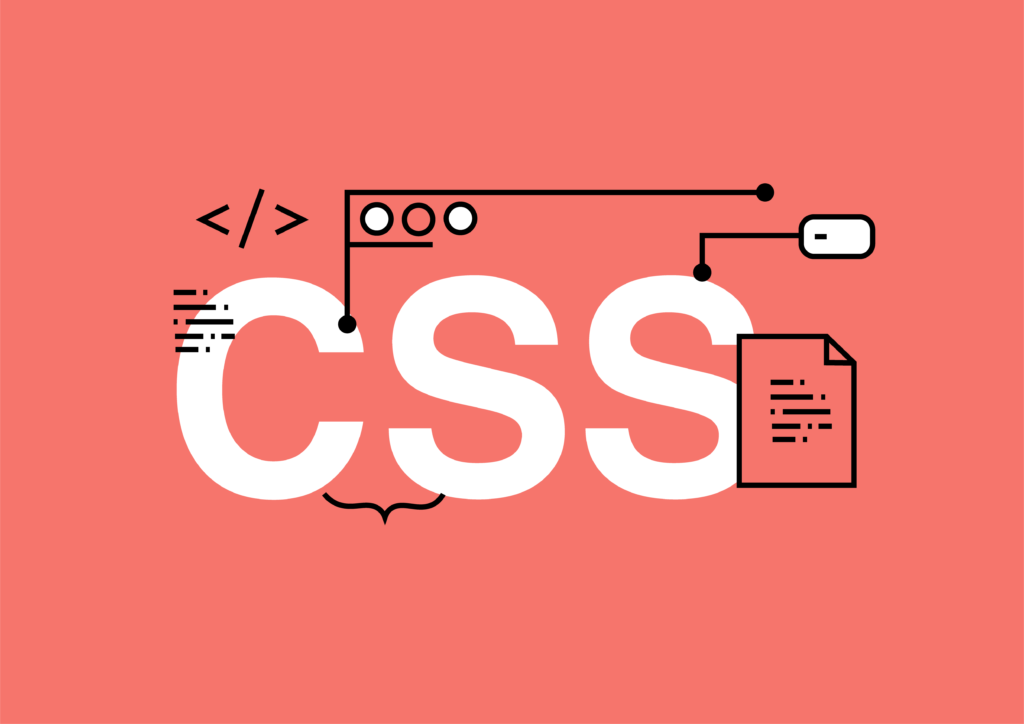CSS (Cascading Style Sheets) is the foundation of modern web design. It allows developers to create visually stunning, responsive, and interactive websites. This comprehensive guide covers all major topics in CSS, from basic styling to advanced techniques that enhance user experience, maintainability, and performance.
1. CSS Basics
1.1 CSS Syntax & Selectors
CSS follows a simple syntax where selectors target elements, and properties define their styles.
selector {
property: value;
}
1.2 Types of CSS
- Inline CSS: Applied directly within an HTML tag.
- Internal CSS: Defined within a <style> tag in the <head> section.
- External CSS: Stored in separate files (.css) and linked to HTML.
1.3 CSS Selectors
- Universal (*): Selects all elements.
- Element (h1, p): Targets specific tags.
- Class (.class): Targets elements with a specific class.
- ID (#id): Targets a single unique element.
- Attribute (input[type="text"]): Selects elements based on attributes.
- Pseudo-classes (:hover, :nth-child()): Select elements based on their state.
- Pseudo-elements (::before, ::after): Style parts of elements.
- Combinators (>, +, ~): Define relationships between selectors.
- Group Selector (h1, h2, h3): Applies styles to multiple elements.
2. CSS Box Model
2.1 Understanding Box Model
Every element is a rectangular box consisting of content, padding, border, and margin.
.box {
width: 200px;
padding: 10px;
border: 2px solid black;
margin: 15px;
}
2.2 Overflow Handling
Controls how content behaves when it overflows its container.
.container {
overflow: hidden;
}
3. CSS Layouts
3.1 Flexbox
A flexible layout system that arranges elements dynamically.
.container {
display: flex;
justify-content: space-between;
}
3.2 CSS Grid
A powerful system for creating two-dimensional layouts.
.grid-container {
display: grid;
grid-template-columns: repeat(3, 1fr);
grid-template-rows: repeat(2, auto);
}
Grid Column & Row Start/End
Allows elements to span multiple columns or rows.
.grid-item {
grid-column-start: 1;
grid-column-end: 3;
grid-row-start: 2;
grid-row-end: 4;
}
3.3 Positioning
Defines how elements are placed on the page.
Static Positioning (Default)
div {
position: static;
}
Relative Positioning
Moves elements relative to their normal position.
div {
position: relative;
top: 20px;
left: 10px;
}
Absolute Positioning
Positions elements relative to their nearest positioned ancestor.
div {
position: absolute;
top: 50px;
left: 30px;
}
Fixed Positioning
Keeps elements in a fixed position on the viewport.
header {
position: fixed;
top: 0;
width: 100%;
}
Sticky Positioning
Sticks elements when scrolling.
div {
position: sticky;
top: 10px;
}
4. CSS Colors & Backgrounds
4.1 RGBA, HEX, HSL
Different ways to define colors.
.color-box {
background-color: rgba(255, 0, 0, 0.5);
}
4.2 Gradients
Creates smooth transitions between colors.
.gradient {
background: linear-gradient(to right, red, blue);
}
5. CSS Typography
5.1 Font Properties
Controls text appearance.
.text {
font-family: Arial, sans-serif;
font-size: 16px;
font-weight: bold;
}
5.2 Text Effects
Adds styling effects to text.
h1 {
text-shadow: 2px 2px 5px gray;
}
6. CSS Animations & Transitions
6.1 Transitions
Smoothly animates changes.
.button {
transition: background-color 0.3s;
}
6.2 Keyframes
Defines animation sequences.
@keyframes bounce {
0% { transform: translateY(0); }
50% { transform: translateY(-20px); }
100% { transform: translateY(0); }
}
7. Responsive Design
7.1 Media Queries
Adapts layouts to different screen sizes.
@media (max-width: 768px) {
.container {
flex-direction: column;
}
}
7.2 CSS Variables
Reusable styling properties.
:root {
--main-color: #3498db;
}
.button {
background-color: var(--main-color);
}
8. CSS Advanced Features
8.1 Custom Scrollbars
Modifies scrollbar appearance.
::-webkit-scrollbar {
width: 10px;
}
8.2 Clipping & Masking
Controls element visibility.
.image {
clip-path: circle(50%);
}
8.3 Blend Modes
Creates visual blending effects.
.overlay {
mix-blend-mode: multiply;
}
9. CSS Performance Optimization
- Minify CSS files: Reduces file size.
- Use shorthand properties: Simplifies code.
- Optimize images: Enhances load times.
- Reduce reflows and repaints: Improves rendering performance.
10. CSS Theoretical Concepts
10.1 BEM Methodology
- Naming convention for scalable CSS.
- Block (.button): Standalone element.
- Element (.button__icon): Part of a block.
- Modifier (.button--primary): Variation of a block or element.
10.2 Specificity Rules
Determines style precedence.
- Inline styles (1000 weight)
- ID selectors (100 weight)
- Class selectors (10 weight)
- Element selectors (1 weight)
Conclusion
CSS is a fundamental tool for web development, enabling developers to craft visually appealing and interactive websites. From basic styling to advanced techniques like animations, grid layouts, and performance optimizations, mastering CSS allows for enhanced user experiences and efficient design workflows. By continually learning and experimenting with new CSS features, developers can stay ahead in modern web development.



